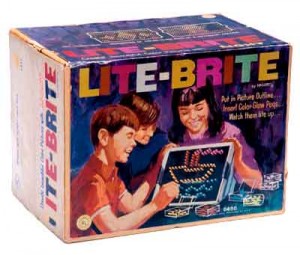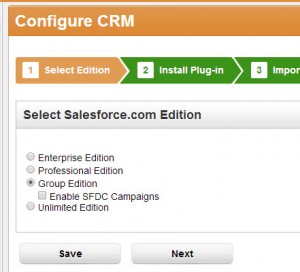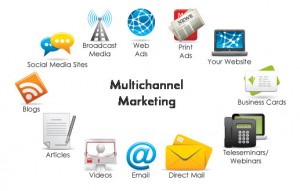Drip Marketing 101
Not familiar with drip marketing? Now might be the time to get acquainted. Drip marketing is exactly what you’re probably thinking – it’s a process where you create marketing materials that go out to your customers slowly over time, hopefully converting them to your offering and building a dynamic relationship of trust.
 All good drip marketing starts with a concept. Since you are slowly converting customers to your products or services, it’s important to first determine what specific item you want to sell. In most cases, you’re not doing direct marketing – throwing the product in your customers’ faces and hoping they will bite. You are presenting them with a concept that you build up as the right choice to solve their individual problems.
All good drip marketing starts with a concept. Since you are slowly converting customers to your products or services, it’s important to first determine what specific item you want to sell. In most cases, you’re not doing direct marketing – throwing the product in your customers’ faces and hoping they will bite. You are presenting them with a concept that you build up as the right choice to solve their individual problems.
So now that you’ve decided to drip, how do you decide what your concept should be, and where do you start?
Drip Marketing for Newbies
Drip marketing happens via email. Before you do anything else, it’s most important to identify a way that you can collect email addresses from your clients. If you only have email addresses from existing customers, your drip campaign will have to focus on getting further sales or increasing profitability with your current customer base.
We strongly recommend considering how you can collect email addresses for potential clients as well as current ones. You may want to ensure you have a newsletter sign-up on your website. You may consider offering premium content in exchange for an email address.
Nailing Down Your Content
For example, if you are selling camping equipment, you might make your content offering something like, “10 Tips to Make it in the Wild.” You could then start an auto responder on your current email service provider that goes out to your subscribing customers for a certain period of days. Regardless of what your industry is, you should be able to think of something you can offer your customers as premium content.
Many businesses start a drip campaign or auto responder and then never think about their drip marketing again- giving old and new customers the same information over and over again. The best way to approach running a drip marketing campaign is to analyze the results you get from your first campaign, and make adjustments accordingly. Many successful business owners run multiple drip campaigns with premium content going out to segmented users.
Segmenting your users can be tricky – but with Lead Liaison’s marketing automation dashboard, segmenting your audience and setting up your drip marketing campaigns is easier than ever before. To find out more information, contact us and let us connect you with a solution that works for your business!










